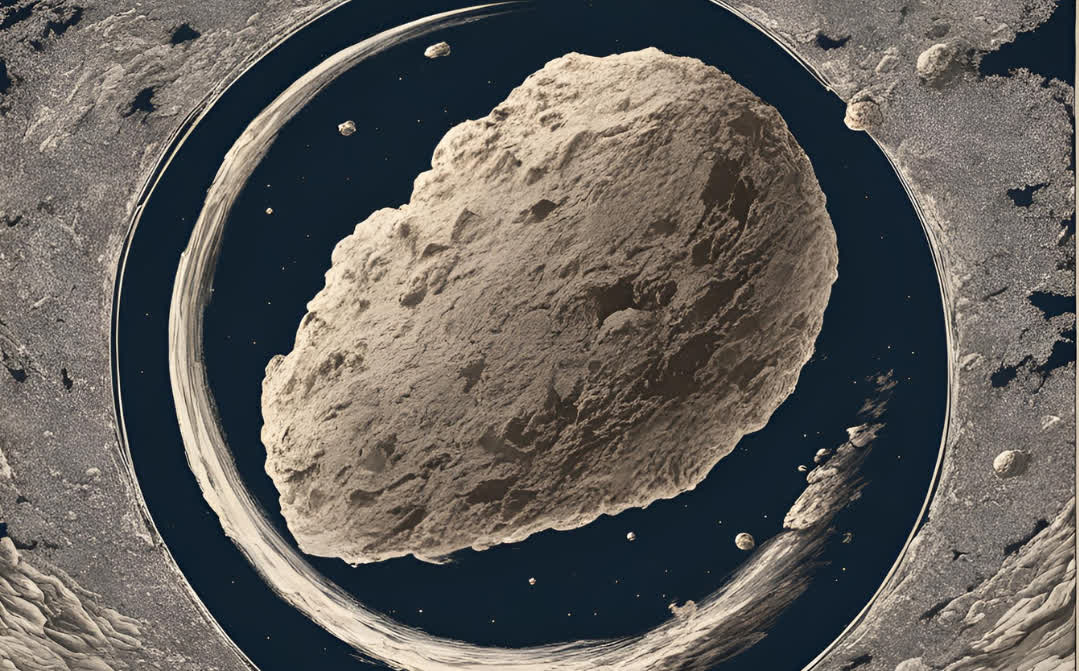Serving tech enthusiasts for over 25 years.
TechSpot means tech analysis and advice you can trust.
Through the looking glass: Researchers from Monash University's School of Earth, Atmosphere, and Environment have uncovered evidence suggesting Earth may have once had a ring system similar to those seen around Saturn and other gas giants, challenging our understanding of the planet's history.
To reach that surprisingly conclusion, scientists studied the positions of 21 asteroid impact craters during the Ordovician period – the second of six periods in the Paleozoic Era that spanned 41.6 million years, from roughly 485.4 million years ago to about 443.8 million years ago.
Using plate tectonic reconstruction, the team discovered that all 21 asteroid impacts occurred within 30 degrees of the equator despite the fact that 70 percent of the planet's continental crust was outside of this zone at the time. The researchers said the odds of that happening are like tossing a three-sided coin (if such a thing even existed) into the air 21 times and having it land on tails every time.
The team believes that as a large asteroid was making a close pass to Earth, tidal forces ripped it apart. The resulting debris settled into a ring around the equator and over millions of years, the material slowly fell to Earth. This is evident in sedimentary rocks from the period, which contain large amounts of meteorite debris.

The hypothesis explains the unusual spike in meteorite impacts during this period, and could also be the key to solving other longstanding mysteries. For example, the ring may have cast a giant shadow on Earth, leading to a global cooling event that scientists refer to as the Hirnantian Icehouse. This period occurred near the end of the Ordovician and is considered one of the coldest times in our planet's history.
The research could reshape how we look at Earth and its evolution. Could ring systems have existed at other points in time? If so, how might they have affected things like climate and even the distribution of life?
The team's research has been published in Earth and Planetary Science Letters.